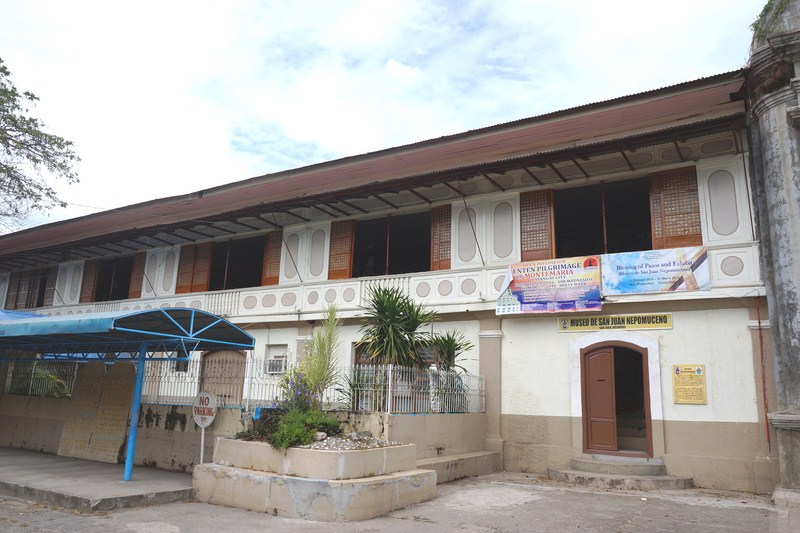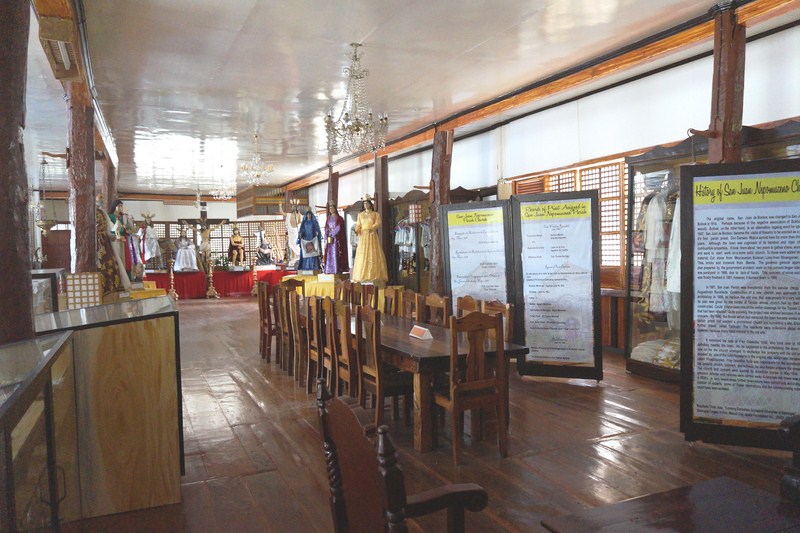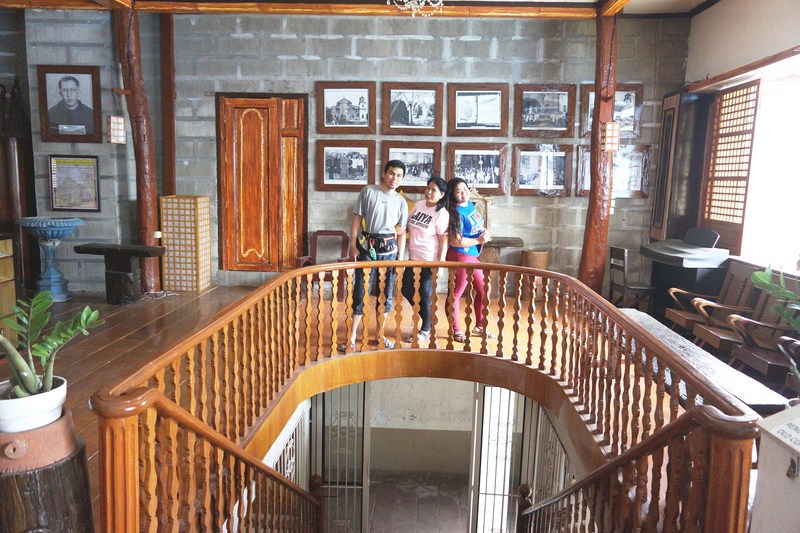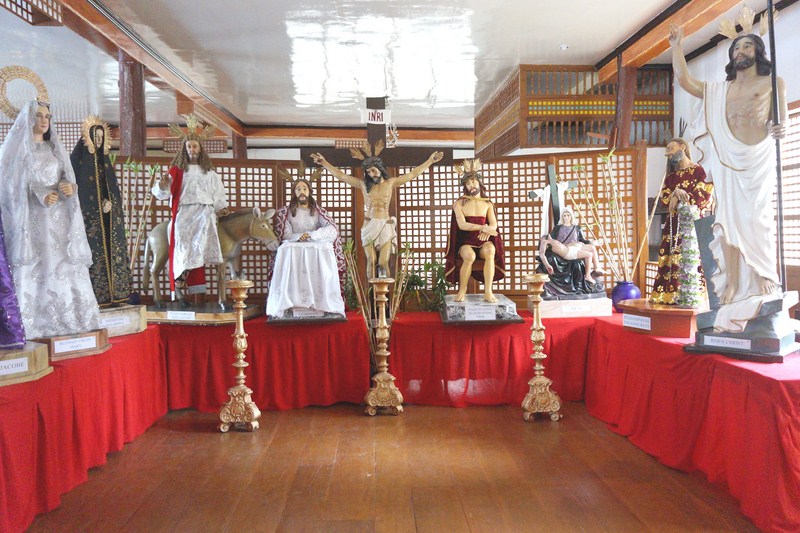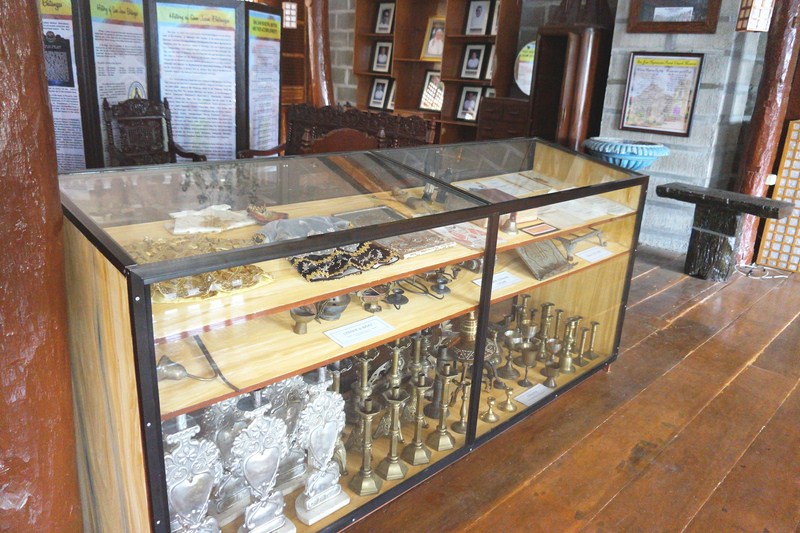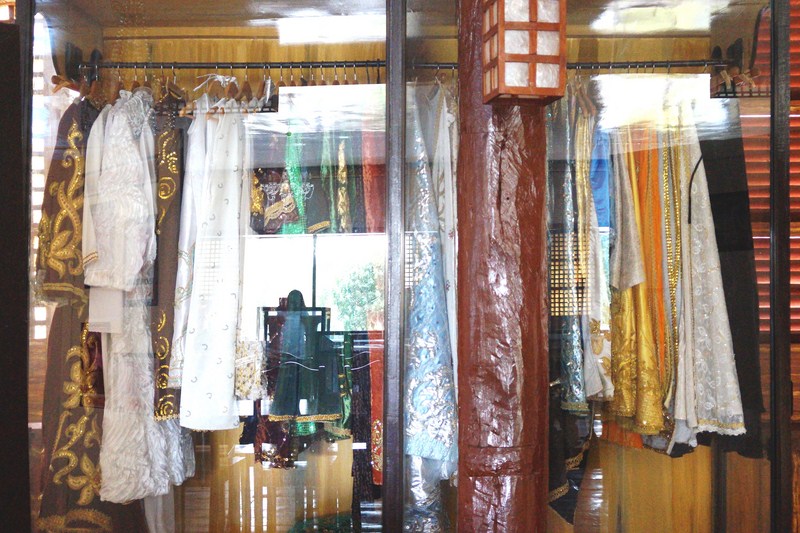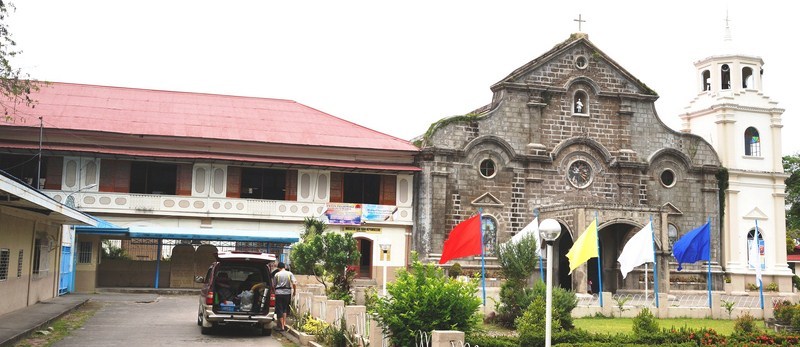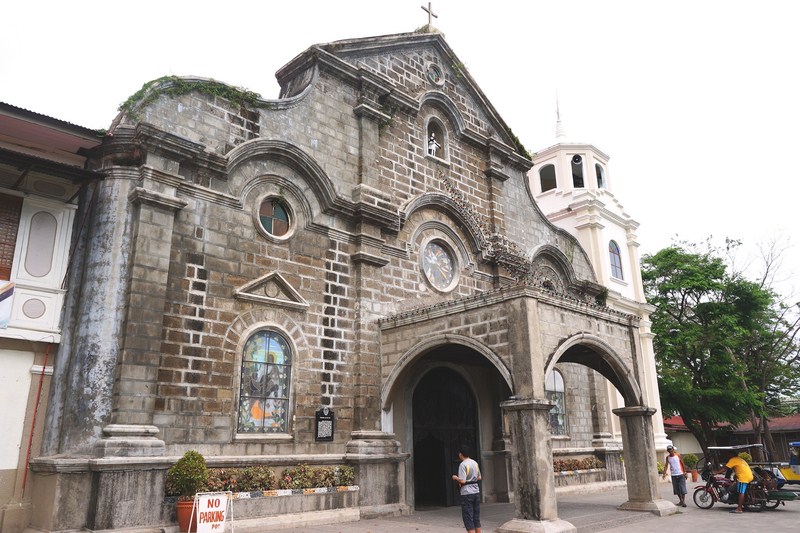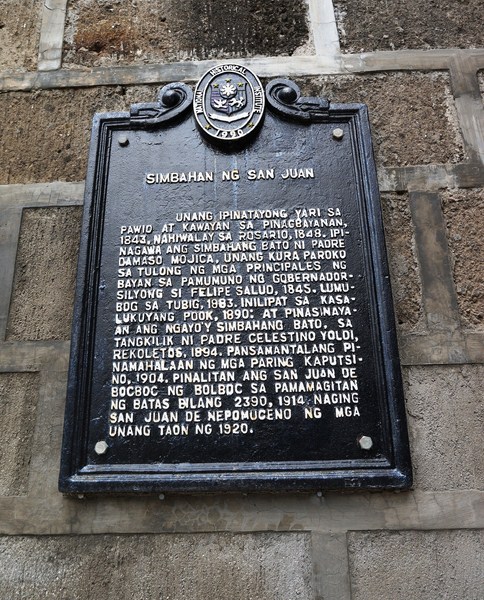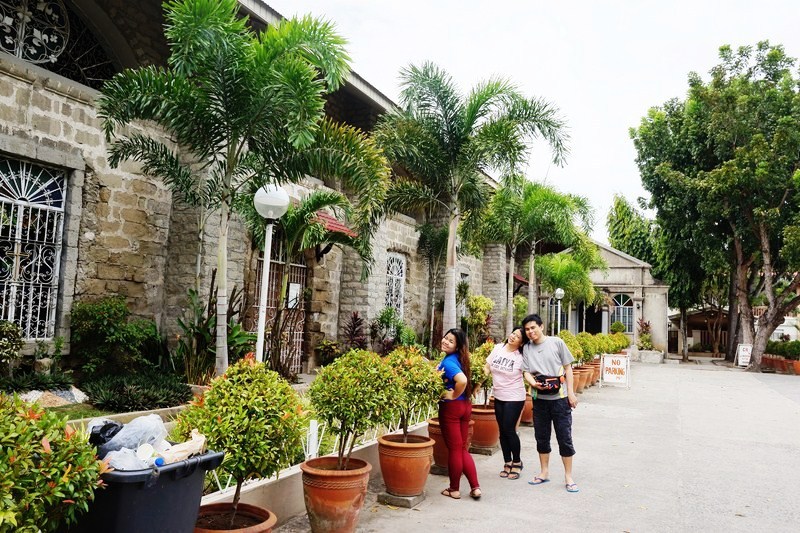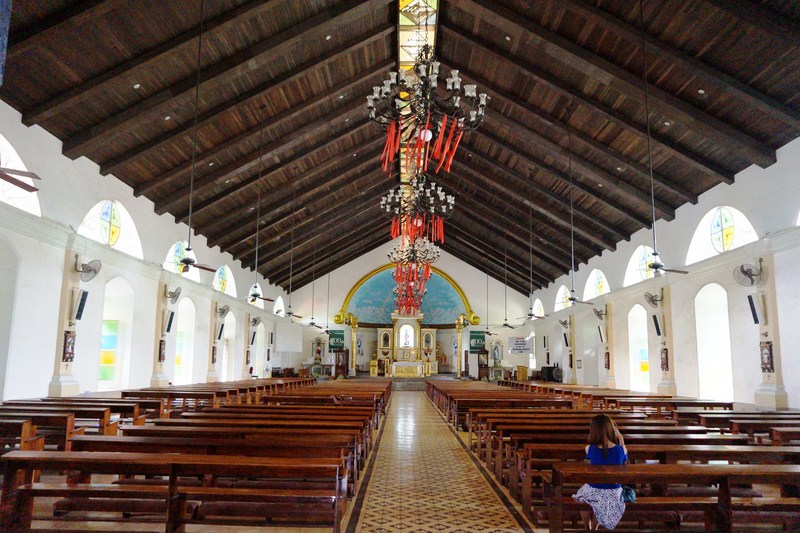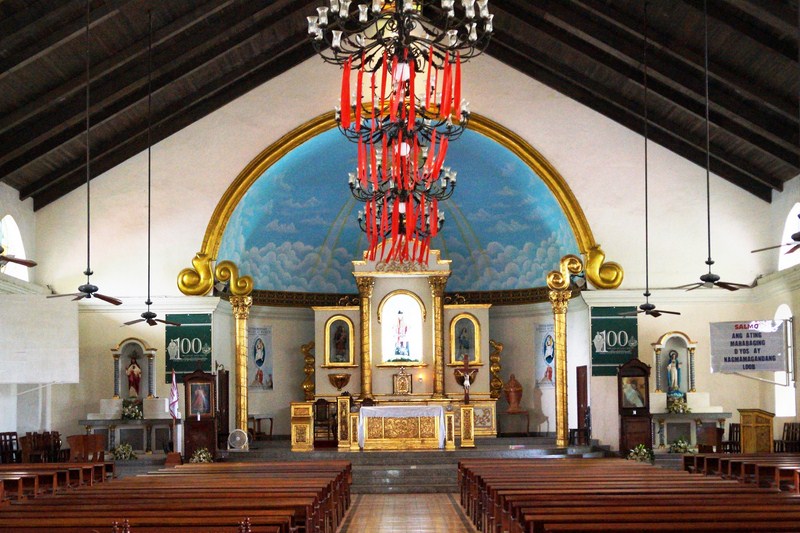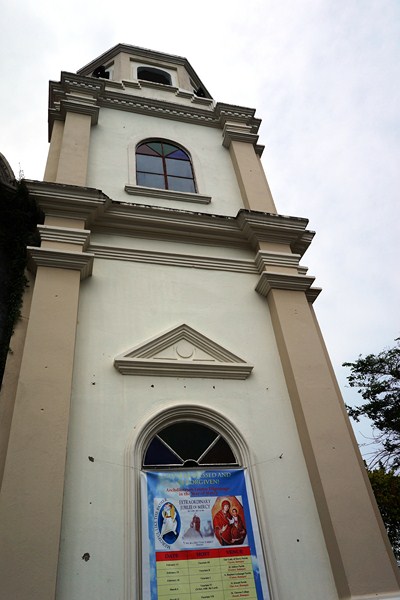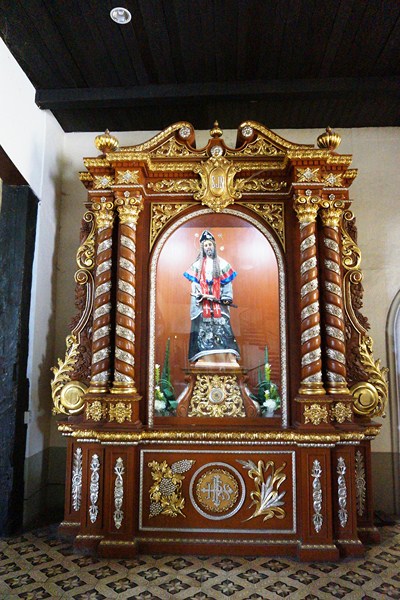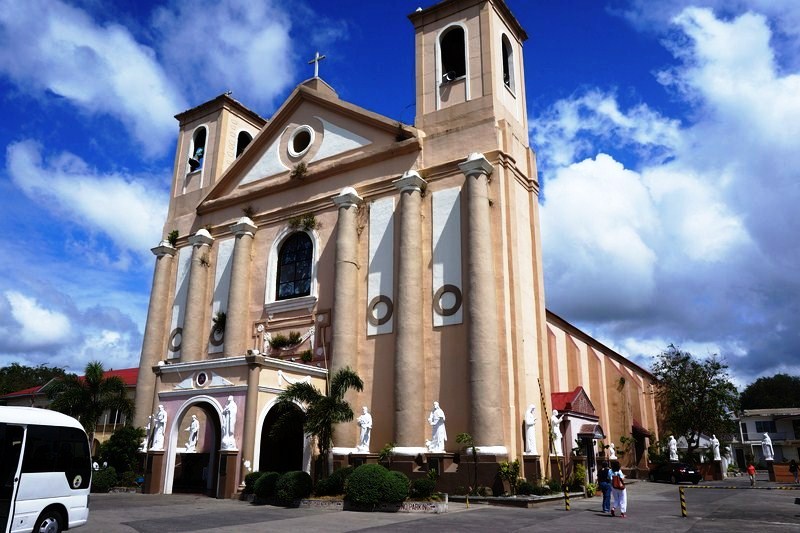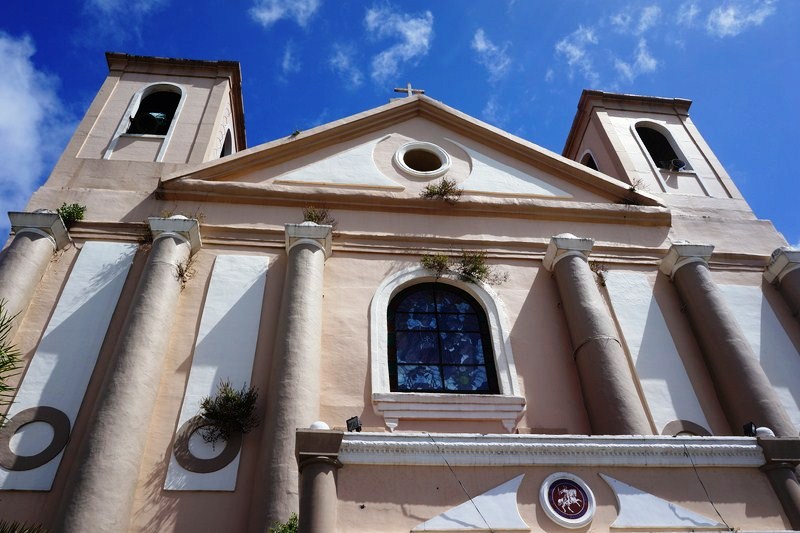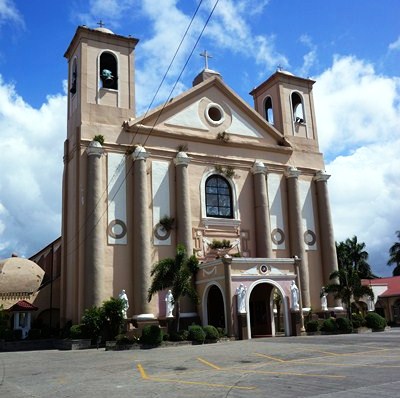This church museum, inaugurated last October 2, 2015, is located at the second floor of the old parish convent built in 1894 by Recollect Father Celestino Yoldi.
Prominently displayed here are a collection of images of saints (St. Mary Magdalene, St. Veronica, St. Martha, St. Salome, St. Peter, St. John the Evangelist, etc.) as well as statues of the Blessed Virgin Mary, Virgin of Sorrows, the Pieta, Christ Entry into Jerusalem, the Crowning of Thorns and the Risen Christ.
It also houses a collection of old church artifacts, episcopal paraphernalia, ecclesiastical vestments (chasubles, stoles, etc.), , altar silver utensils (censer & boat, chalices, altar candle sticks, etc.), altar balusters, nails used in the construction of the old convent as well as pews and benches, and others.
There’s also a collection of photos of the town’s church, old ancestral houses, assigned priests (under the Oblates of St. Joseph) and the town’s tourist attractions.

